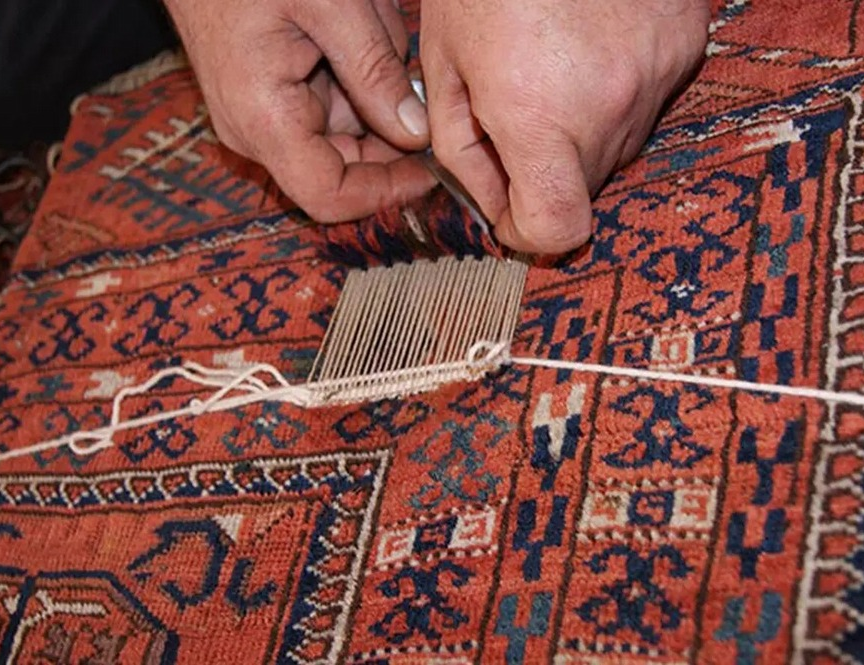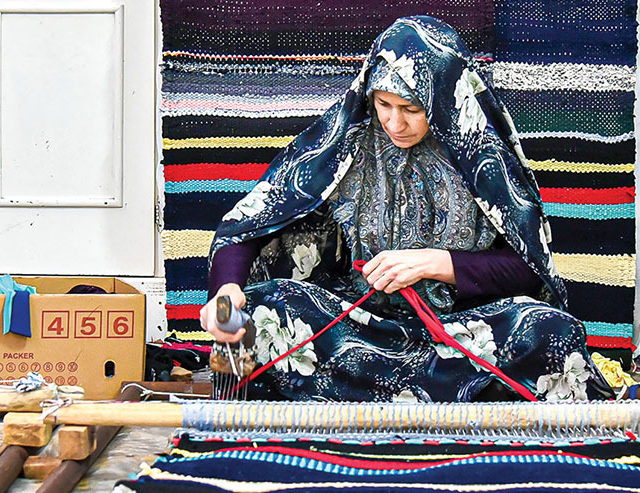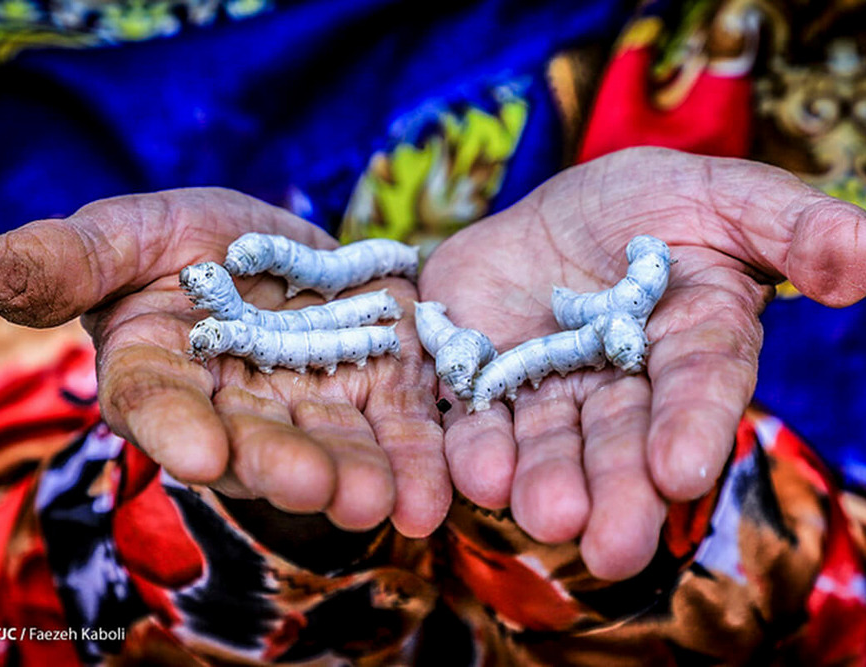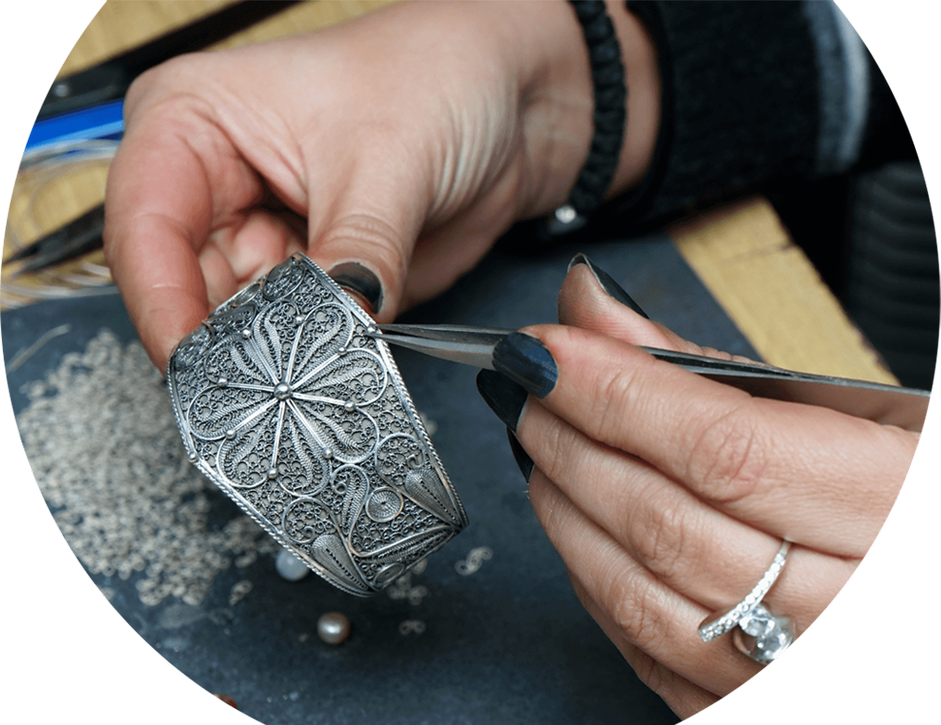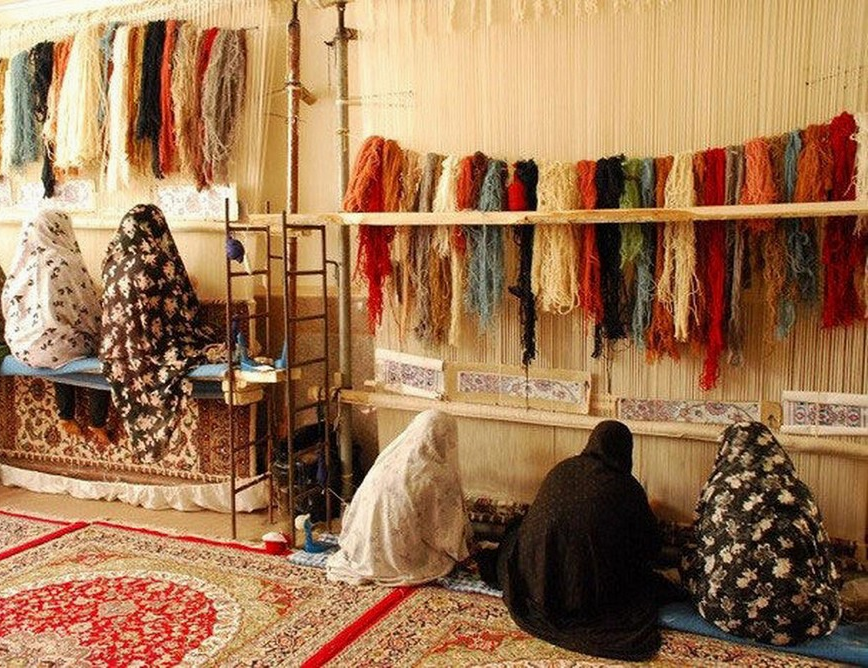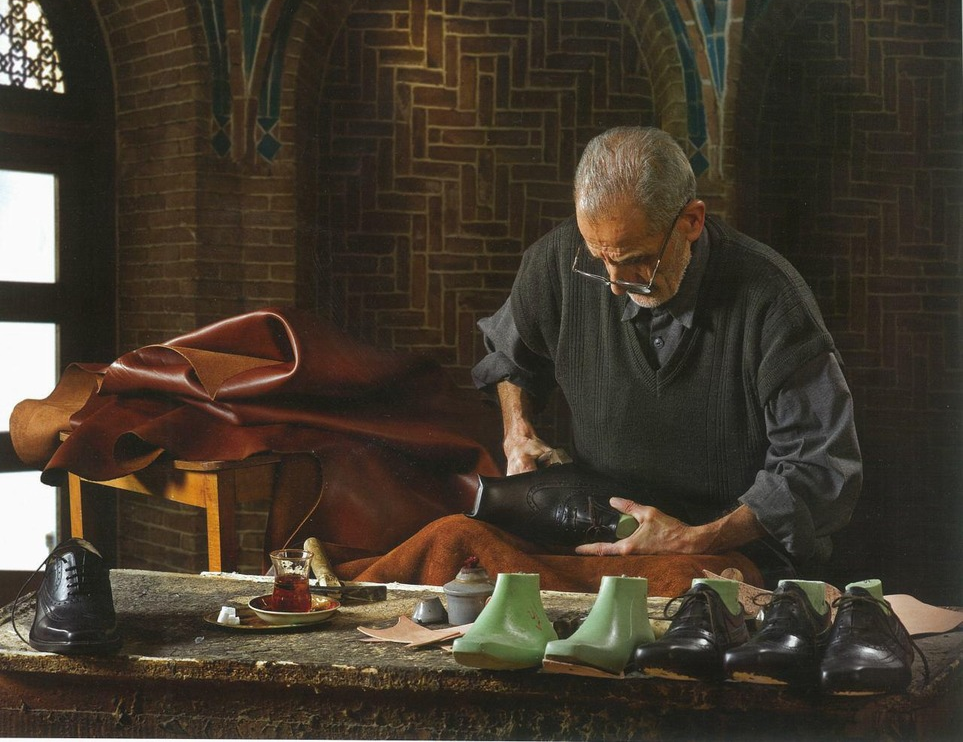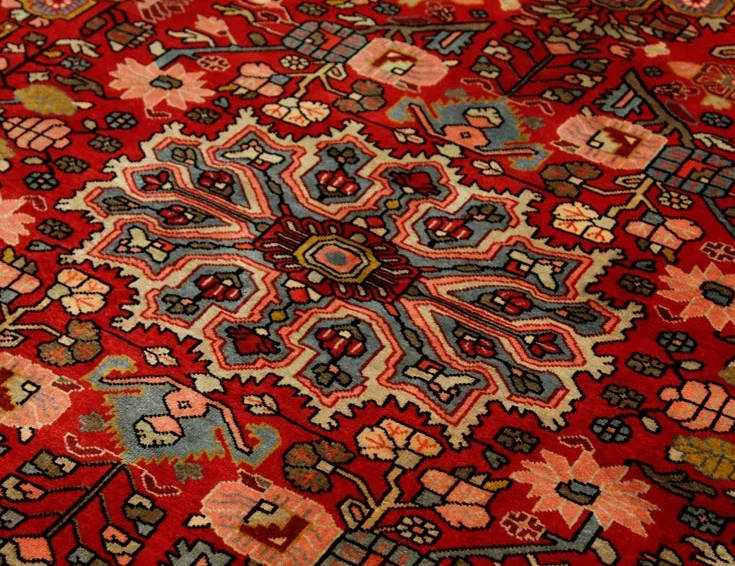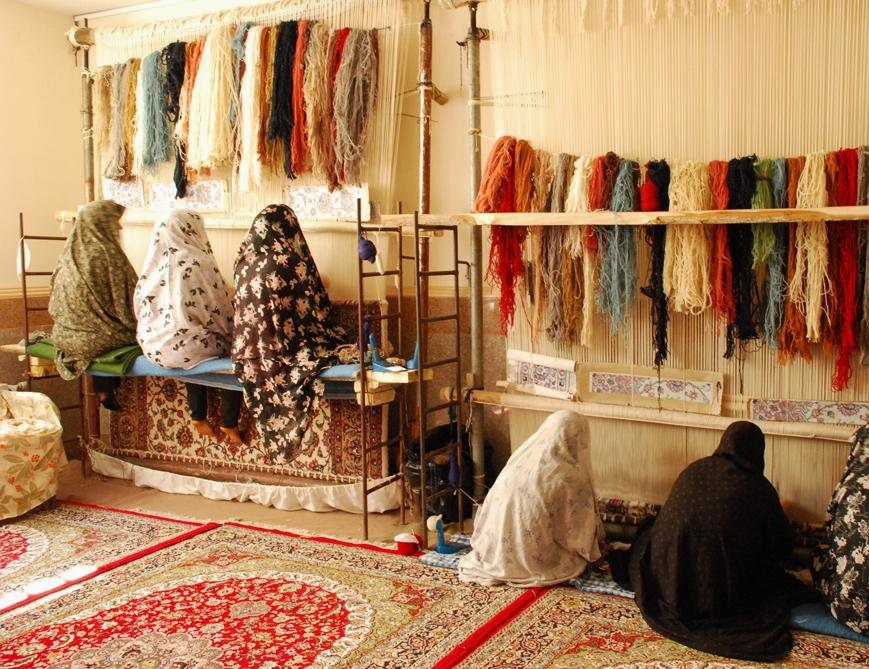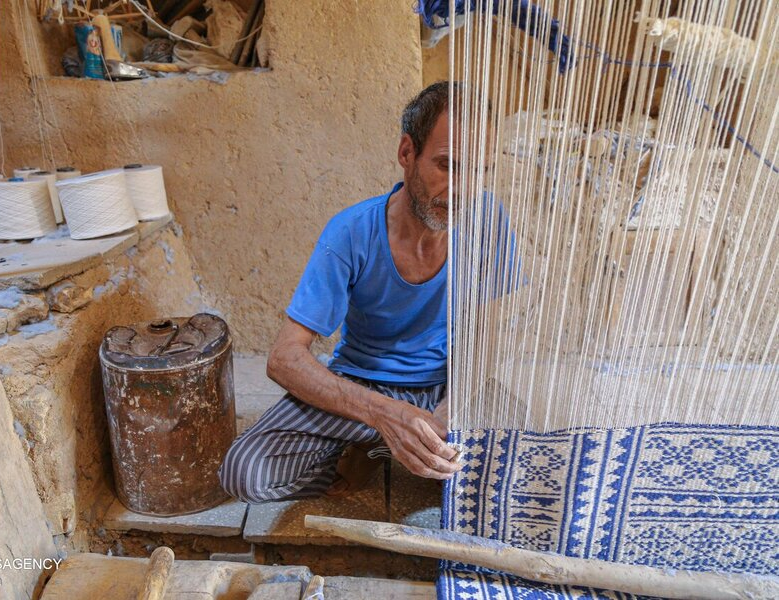
Qalamkari Painting
Qalamkari is the art of creating patterns on fabrics with the use of a pen. If wooden stamps are used for doing Qalamkari, a syncretistic art called “Qalamkari Painting” is born, in which the art of “chintz making” is also used. Chintz making - with which Isfahan’s traditional and beautiful tablecloths are produced - is a technique in which patterns are created on canvas, linen, and cotton fabrics with the help of wooden stamps. Thus, there are differences between Qalamkari, Qalamkari Painting, and chintz making, which are due to the number of templates used for printing designs.
The History of Qalamkari Painting
It is not possible to determine a precise history and background for Qalamkari, but according to historical sources, fabric embossing is about two thousand years old. This technique has been popular in countries such as Indonesia, India, Egypt, and China.
There are evidences that show printed patterns were widely used in Iran during the Sassanid era (3rd to 7th century AD). Three stone molds are the oldest tools related to this technique in Iran, which were obtained along with some other pottery objects in the excavations done in Neyshabur. These molds belong to the 4th and 5th centuries AH (around the 11th century AD). According to experts, the art of Qalamkari has been common in Iran since the Ilkhanate era (1256 to 1356 AD).
During this period, Mongol rulers supported Qalamkari and its artists. Of course, the oldest samples that are available today are related to the Ghaznavid era (977 to 1187 AD). Therefore, it can be said that this art existed in Iran before the Ilkhanate era. Qomalkari Painting is more recent than Qalamkari and became popular during the Timurid era (1370 to 1506 AD). The peak of the flourishment of this art should be attributed to the Safavid era (1501 to 1736) and when Isfahan became the capital of the country. During this period, Isfahan was Iran’s leading producer of Qalamkar fabrics. The attention of courtiers and merchants to Lamé fabrics as the primary material used in the production of luxurious clothes was the most important factor in the growth of the production of Qalamkar fabrics in that era. This art maintained its glory until the middle of the Qajar era (19th century) after which it began to decline to a considerable extent.
Qomalkari Painting in the Contemporary Era
Although even common people used Qalamkar products throughout history, the high cost of this type of fabric prevented its wide and general use. Therefore, techniques were invented to reduce the cost of fabric production and increase its production speed. At first, a fusion of the art of chintz making and Qalamkari was formed, in which the printing technique was used to produce fabrics, but gradually, the exclusive use of templates for printing on fabric spread, which was a much simpler and faster method. Today, wooden and plastic templates are widely used to create patterns on fabrics and are introduced to the general public as Qalamkari Painting.
The art of original Qalamkari is more difficult compared to printed Qalamkari and chintz making, and its products are comparatively much more expensive. Therefore, there are very few masters in this field, and the original art of traditional Iranian Qalamkari is considered one of the endangered arts.
Features of Qalamkari Painting
In this field of handicrafts, designs such as animal and nature motifs, miniatures, flowers, slime, calligraphy, and religious designs are printed on fabric. Since cotton fabrics have a better ability to absorb color, they are used less than woolen fabrics in Qalamkari Painting and chintz making. The colors used in this art are organic. The materials of the templates used in this field for making designs on the fabric are made of walnut, pear, and hawthorn wood. Today, Qalamkar fabrics are mainly used as tablecloths, bedspreads, and prayer mats.
The art of Qalamkari Painting was inscribed on the list of Iran’s intangible national heritage of Iran in the year 2009. Also, the name of Qalamkar Printing or Chintz Making was inscribed on the said in the year 2012. Being indigenous and authentic, having a historical background and the activities of professors and production workshops are among the factors that made these techniques to be inscribed on the list of Iran’s intangible national heritage.
It is not possible to determine a precise history and background for Qalamkari, but according to historical sources, fabric embossing is about two thousand years old. This technique has been popular in countries such as Indonesia, India, Egypt, and China.
| Name | Qalamkari Painting |
| Country | Iran |
| Cities | |
| Works | Knitting, sewing and textile |
| Registration | Unesco |
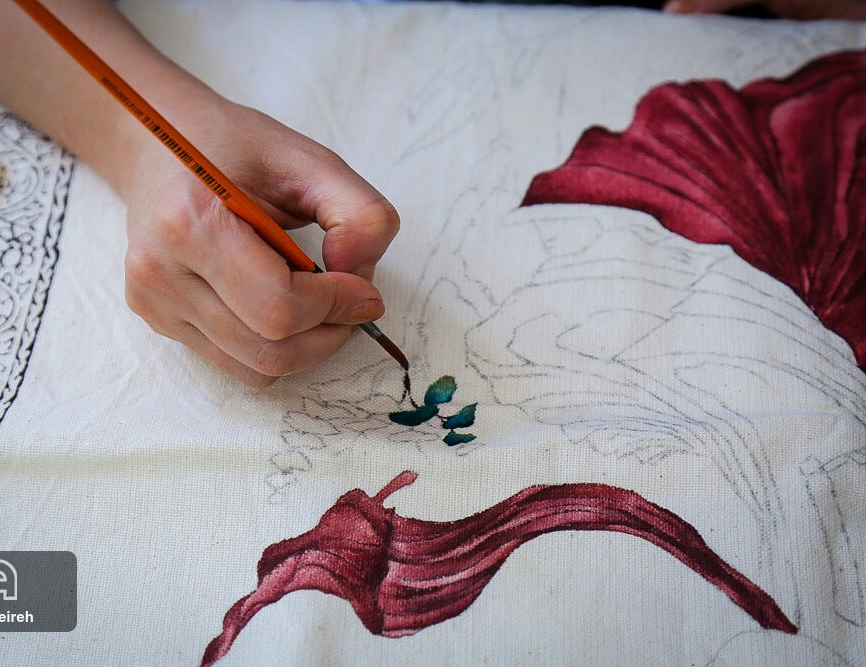
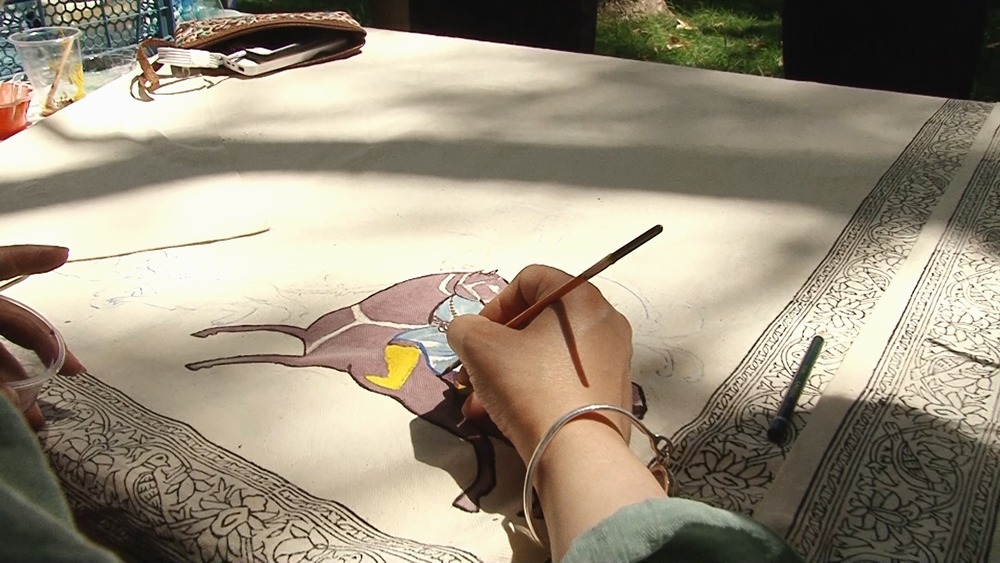

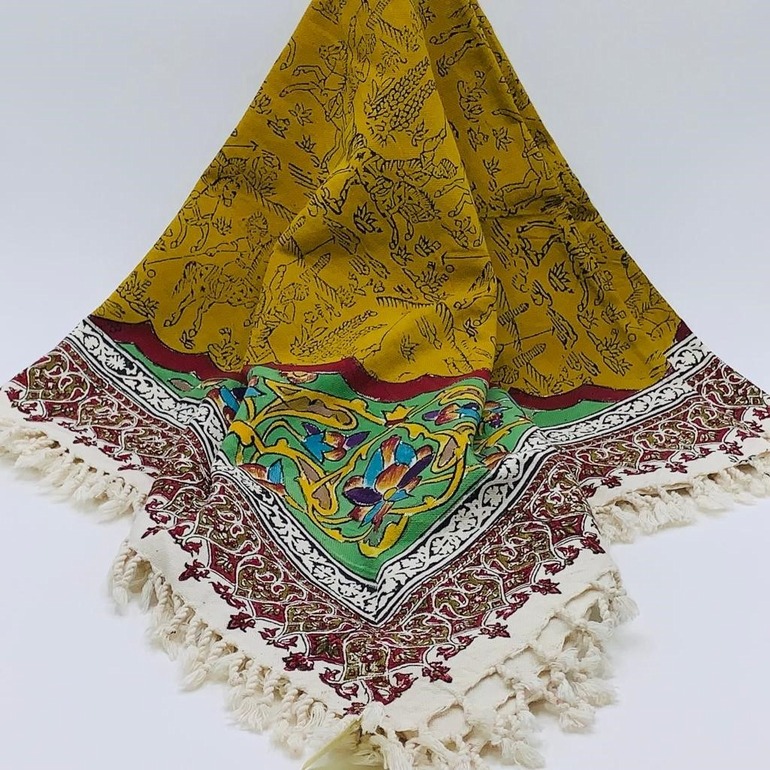




Choose blindless
Red blindless Green blindless Blue blindless Red hard to see Green hard to see Blue hard to see Monochrome Special MonochromeFont size change:
Change word spacing:
Change line height:
Change mouse type:
